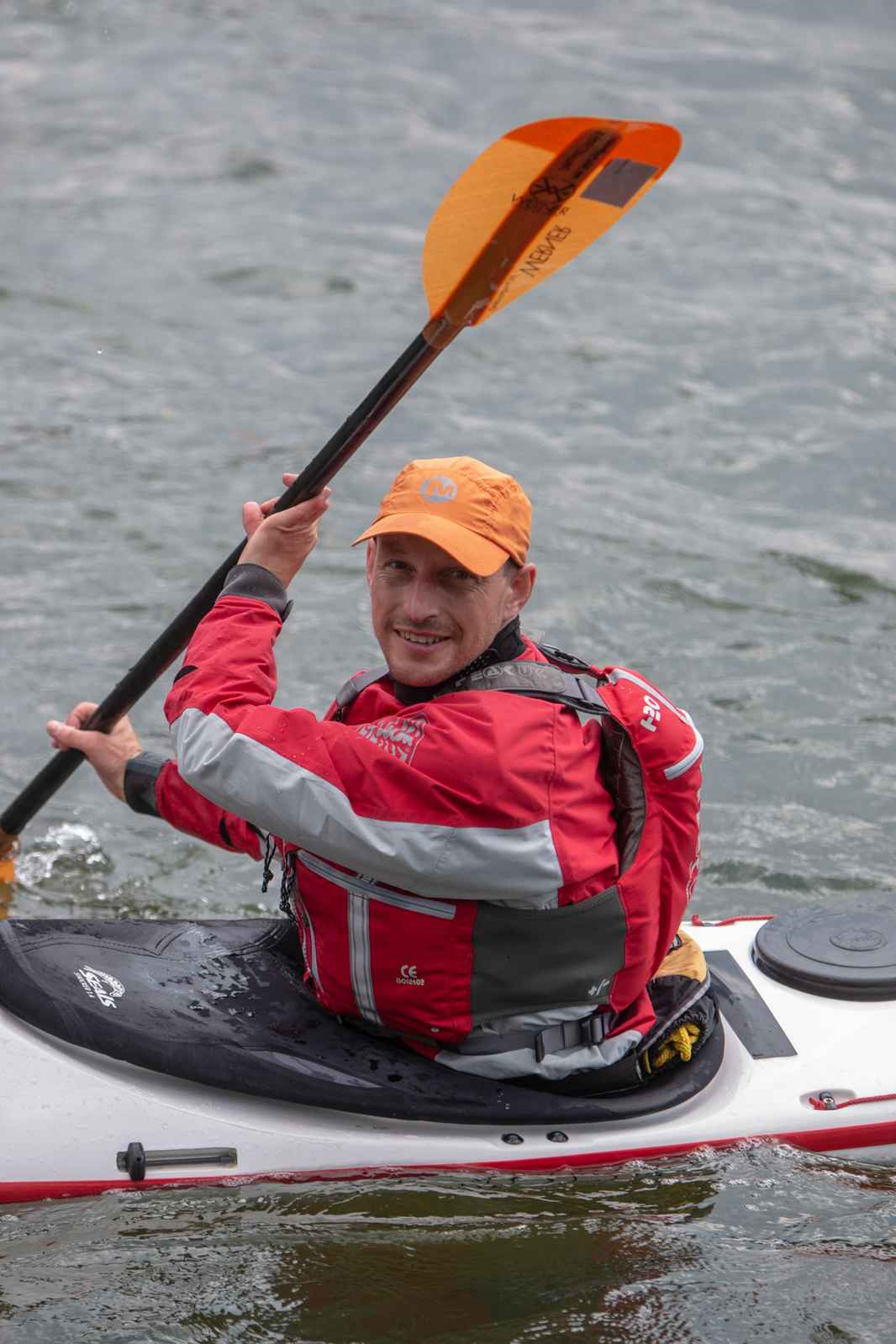Assisted Kayak Rescues and Rafts
How to increase the distance when rescuing your kayaking buddies and rafting up.
(and what are the alternatives?)
Background
Sea kayaking makes it reasonably easy for us to keep a distance to other people – most of the time we spend on the water. However, there are situations where we usually get close.
Like Assisted Rescues and Rafts.
How do we increase the distance in these situations? I've made a few videos explaining some approaches and techniques. The videos below will show you:
-
Three different assisted rescues
-
A solution for all-in assisted rescue
-
Rafting up – with increased distance.
Who are the videos for?
Paddlers: If you paddle with others, and like to share ideas, the videos will provide ideas for your training.
Coaches: If you coach other paddlers, the videos will inspire and give solutions that you can use to adjust your procedures and teaching plans.
Trading stability for distance
The modified techniques increase the distance between paddlers, sacrificing a bit of stability. I set up the goal that they should require a minimum of changes from my normal procedures, and stability can be regained if needed, through changing hand positions.
Are there situations where we should not keep a distance?
In my point of view: Yes:
-
If a kayaker is in real, serious trouble, i would prioritize getting up close and prevent injury or loss of life.
-
If you practice with a buddy that you normally spend time with day-to-day (a person from your household for example), there is probably no need to increase any distance on the water.
So, when should i keep a distance?
-
In many training sessions, we perform rescues and raft up as part of our practice. We do it because we can, and to build experience. In many of these situations, we can easily increase distance, so ask yourself: Why nut
-
It may even be a fun and interesting challenge for you to practice and develop new solutions to rescues and rafts, that you've been doing the same way since you learned them.
What are the alternatives to practicing assisted rescues?
-
You can stay on shore (probably not the answer you're looking for). Or you can paddle on, hoping that you can cheat statistics and don't capsize (not recommended)
-
You can practice self-rescues and get really good at doing them. This will work and build confidence, regardless of whether you paddle solo or with others.
-
You can learn to roll, and develop solid rolling skills. This lets you avoid swims in most situations (however, solid rescues are still recommended).
Last words of advice: Have fun, and practice thoroughly, also in realistic environments, if you want to rely on kayak rescues to work for you a real scenario.
-Tue / OnAdventure.dk
1. Assisted Rescue with Increased Distance
2. Assisted Reentry and Roll
3. Assisted Cowboy / Scramble rescue
4. All-in Assisted Rescue (two swimmers)
5. Rafting up with distance
What do you think? Share your thoughts and ideas!
About the author
Tue Olesen is BCU5* Sea Leader, and Danish Canoe Federation level 3 sea kayak instructor. He has been running OnAdventure.dk as a kayaking school since 2010, offering specialist instruction and guiding on all levels from beginner to the advanced sea kayaking, as well as canoeing and flat water SUP instruction.
About the videos
The videos were produced in May 2020, in the context of the Corona-lockdown situation. Please take into consideration, if lockdown restrictions or guidelines regarding contact and distancing has changed since then.
I provide no guarantees that these techniques will work for you in all situations. Lots of practice and possibly some adjustments for your situation is recommended.
Enjoy your paddling adventures!
-Tue
